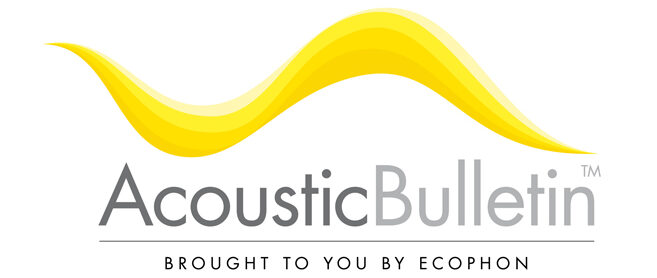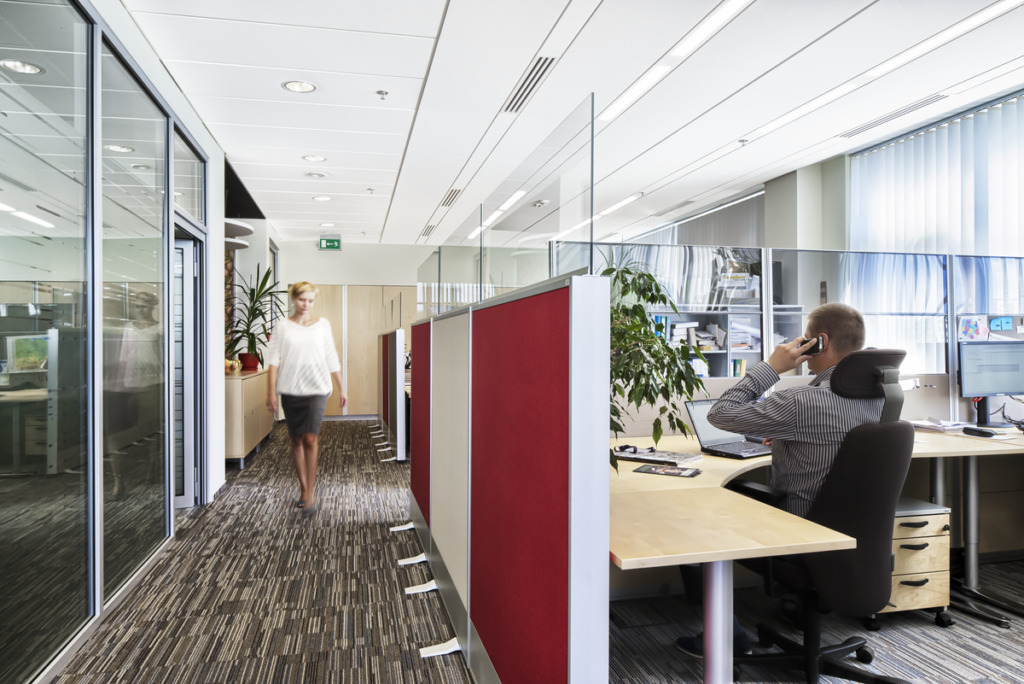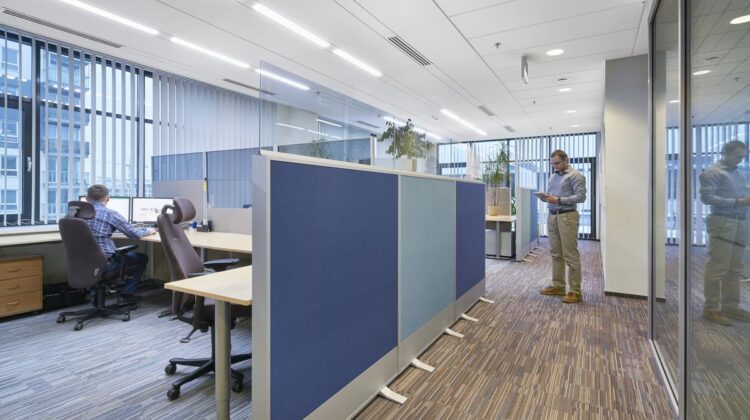
How do you improve acoustic privacy in open offices? This might be the most important question for anyone designing or managing open office spaces as speech noise is the primary contributor to distractions for office workers [1]. The answer is that the right acoustic features must be in place, from the very base build of the room to the right interior acoustic design. And one thing is for sure – acoustic screens are a must if you want to ensure adequate acoustic privacy in open spaces.
We recently posted a very easy introductory post on how to improve speech privacy in offices with acoustic screens. If you are new to acoustic design with screens, we recommend that you start there, but if you are looking for a more in-depth look at the technical details of how acoustic screens really work; this is the post for you.
How to improve acoustic privacy in open offices with screens
In this post, we will provide you with a thorough review of the technical aspects that you should be aware of if you want to ensure the highest effectiveness of your acoustic design.
The basics – Acoustic screens in outdoor conditions
So how do you improve acoustic privacy in open offices with screens? The main purpose of a screen is to act as an acoustic barrier between the sound source and the receiver, thereby reducing the sound level at the receiver position. Outdoors, without the influence of surrounding reflecting objects and a screen width much larger than its height, screen efficiency is determined mainly by the height of the screen and the location of the sound source and the receiver. The reduction of the sound level at the receiving point when the screen is inserted is called ‘screen sound attenuation’ or ‘insertion loss’. Screen attenuation is a common way of quantifying the efficiency of a screen.
For a screen to be efficient, the direct path from the sound source to the receiver should be blocked by the screen. Generally, a screen should be located close to the sound source or close to the receiver. An intermediate location is less efficient. This is illustrated in figures 1 and 2.

Installaing screens close to both sound source and reciever would be the most efficient solution, but attenuation effectiveness will increase per screen installed between source and receiver in an open office.
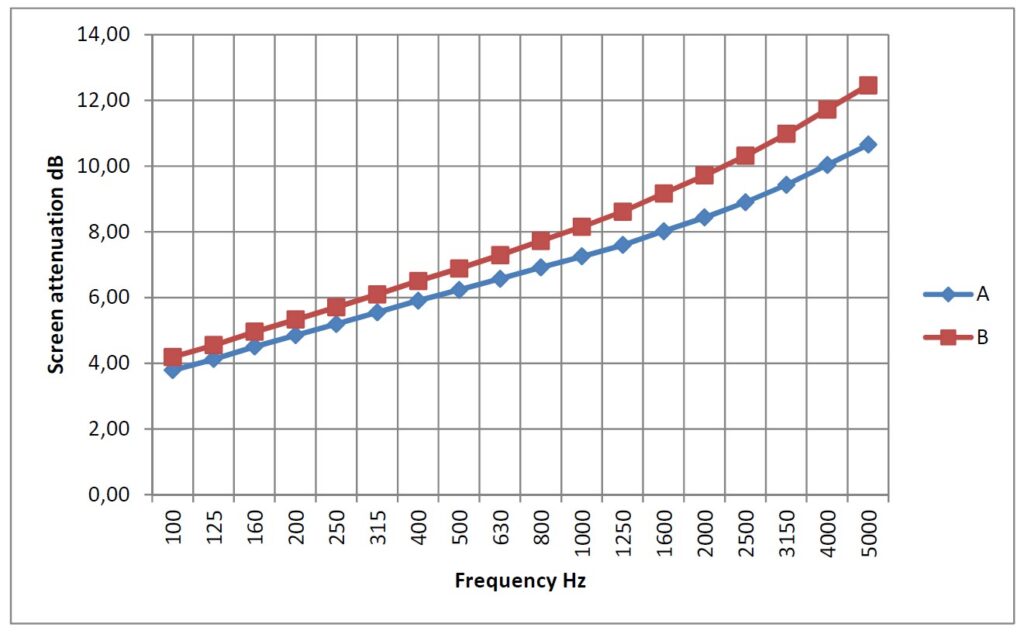

If the screen height and width are similar, the efficiency of the screen will be reduced due to the diffracted sound around the side edges of the screen.
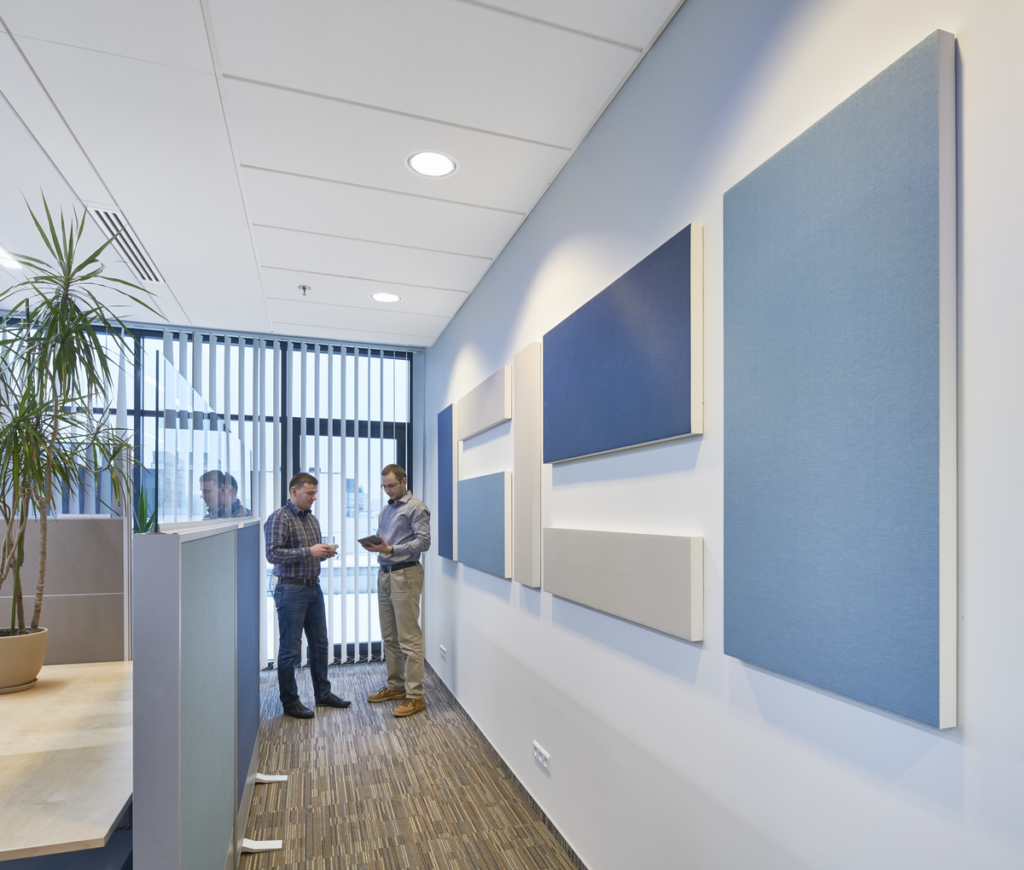
If two or more screens are placed in conjunction with an opening in between, this will affect the screen attenuation. An opening between the screen and the floor will also influence the screen attenuation, with the extent depending on the size of the opening. These effects will be illustrated on the basis of a reflecting screen with a height of 1.8 meters and a width of 4.8 meters [3].
The effect of an opening between two screen elements is illustrated in figures 4 and 5.
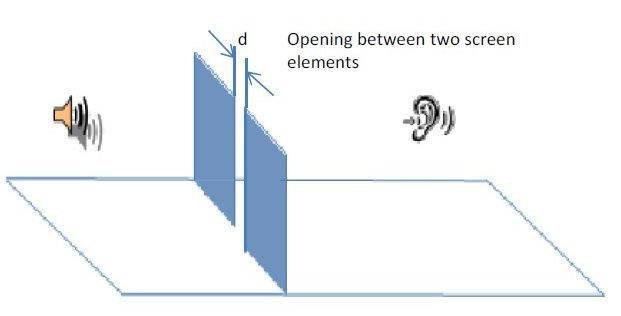
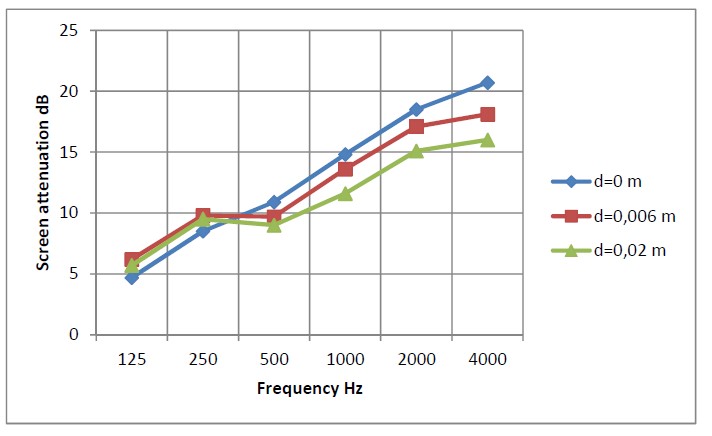
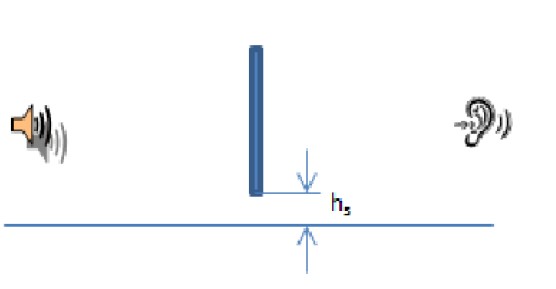
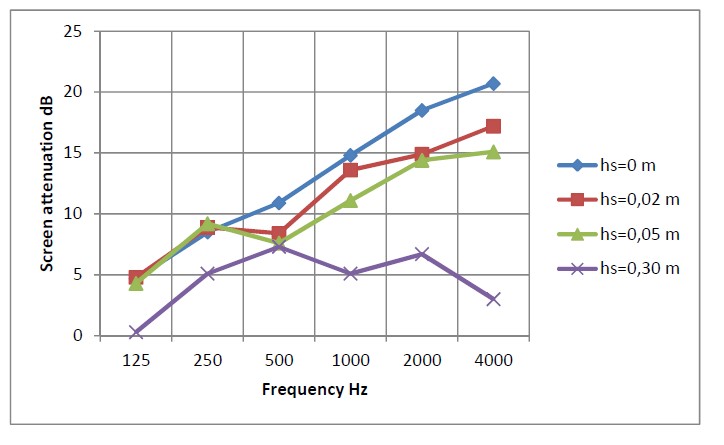
In open-plan offices, the ceilings are usually covered with a highly absorbent suspended ceiling. If the workstations are located far from walls or if absorbing wall panels are attached to the walls, the acoustic environment will be similar to the outdoor conditions and the effects of screens can be fully utilized.

Absorbent and non-absorbent screens
Generally, it is beneficial if both sides of the screens are covered with thick porous absorbers. In the case where several work stations are located in a row with screens in between, the absorbent material will prevent repeated reflections between screens and thus reduce the sound level between screens.
The effect of non-absorbent screens is illustrated for the open-plan office that is shown in figures 10 and 11. The sound distribution curves corresponding to path 1 in figure 11 are measured over work stations without dividing screens. Along path 2 there were two non-absorbent (hard) screens in the way. The corresponding sound distribution curves are shown in figures 12 and 13. In figure 13, two phenomena appear. Firstly, by comparing the sound distribution curves for different frequencies, it can clearly be seen that the high frequencies are more affected by the screens than the low frequencies. Secondly, between the screens, the sound pressure level does not continue to decline. Due to the multiple reflections between the non-absorbent screens the sound level is more or less constant between the screens. If instead the screens were to be covered with absorbent material, the sound pressure level would continue to decline at distances further from the sound source.
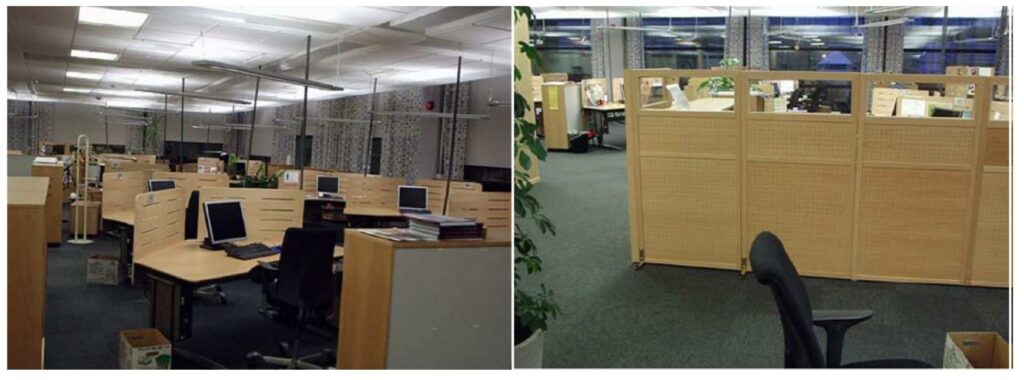
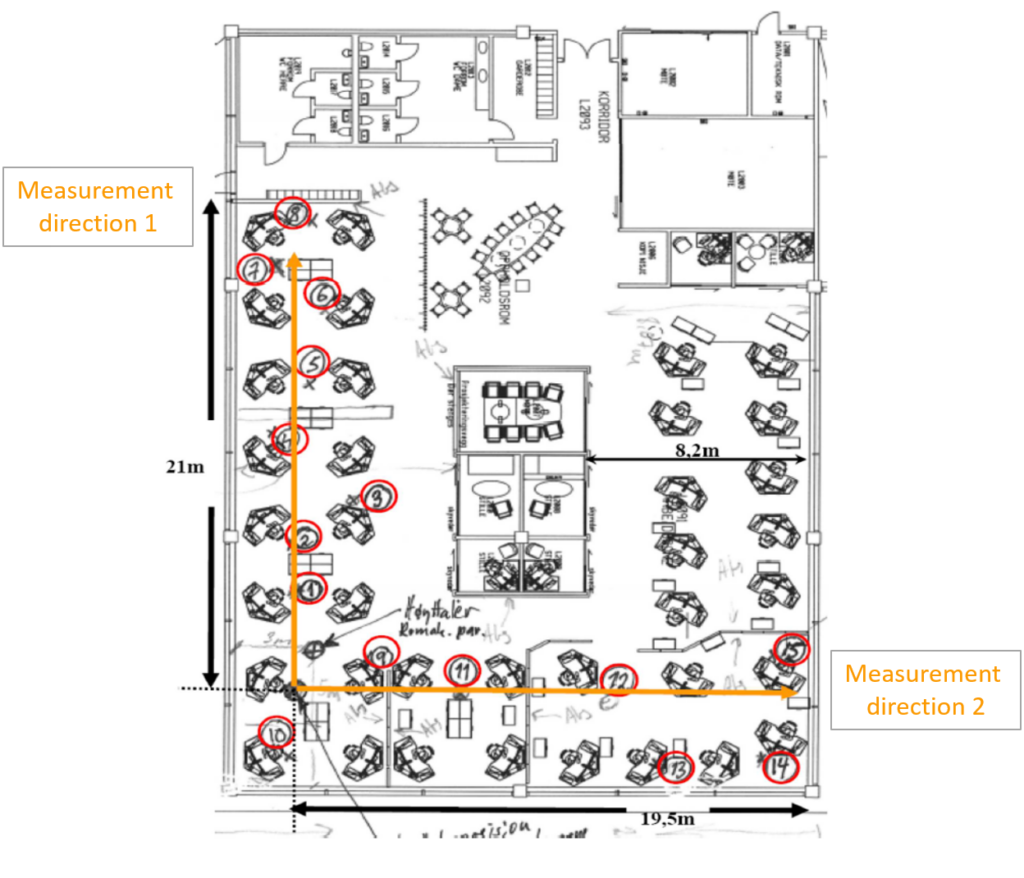
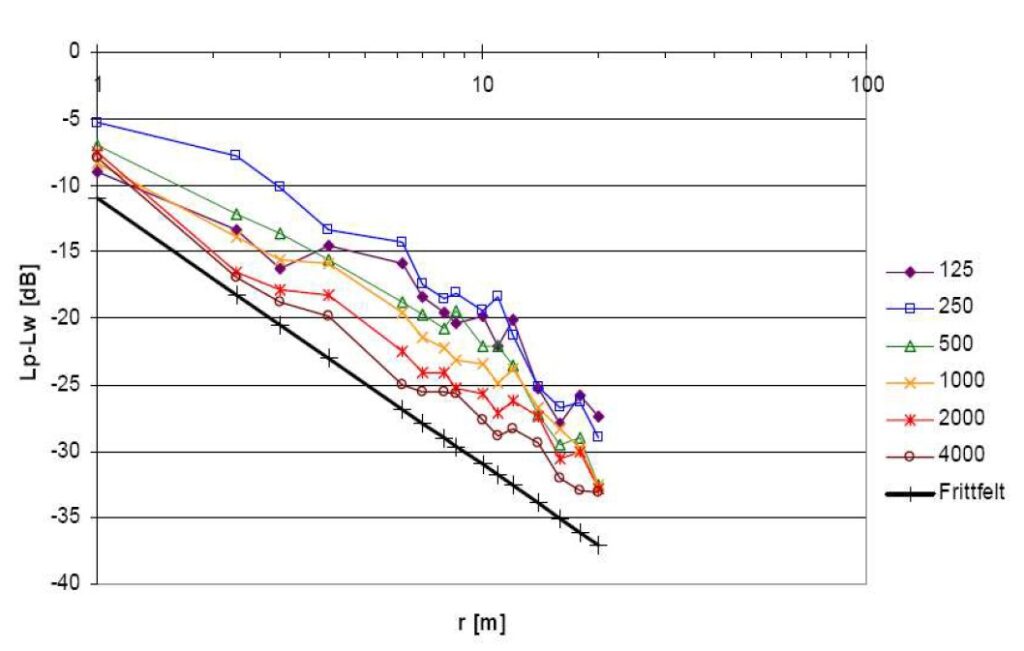
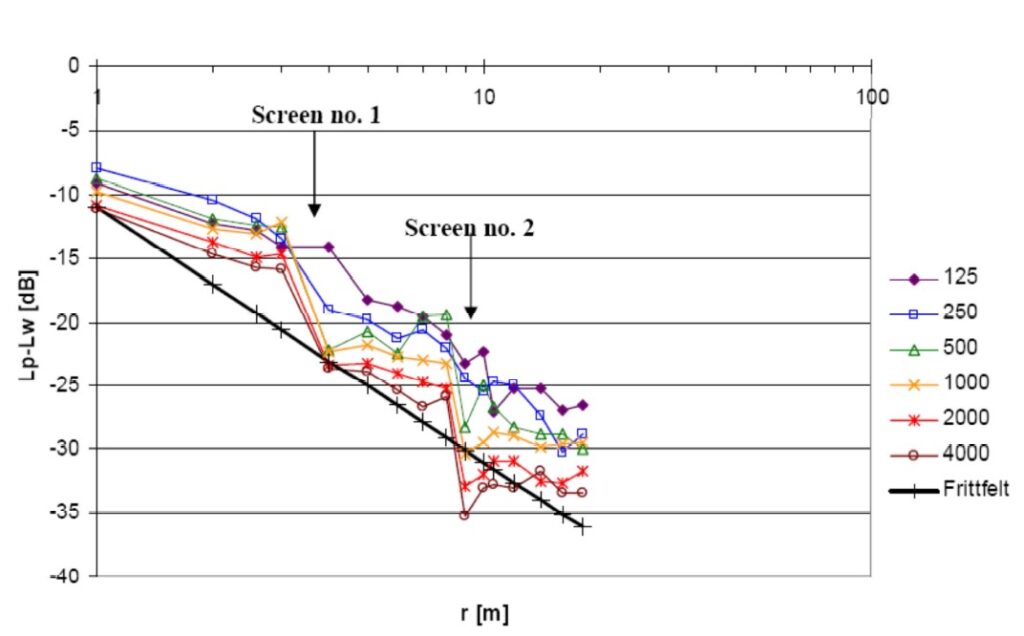
A special thank you to Helene Sallenhag & Erling Nilsson for their support and previous work with screens that oriented this post.
Read more about the different types of absorbers and their influence on acoustic privacy in offices in this expert interview about a very comprehensive study on this very subject:
Study interview: The effect of absorbers and screens on the decay of speech in offices
Sources:
https://softdb.com/_files/_sound_masking_division/Productivity_Acoustics_David_M_Sykes.pdf
